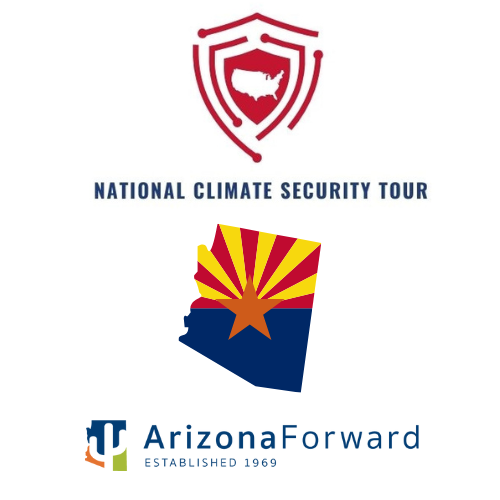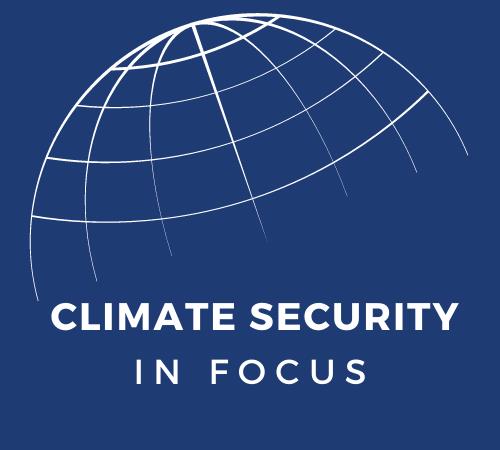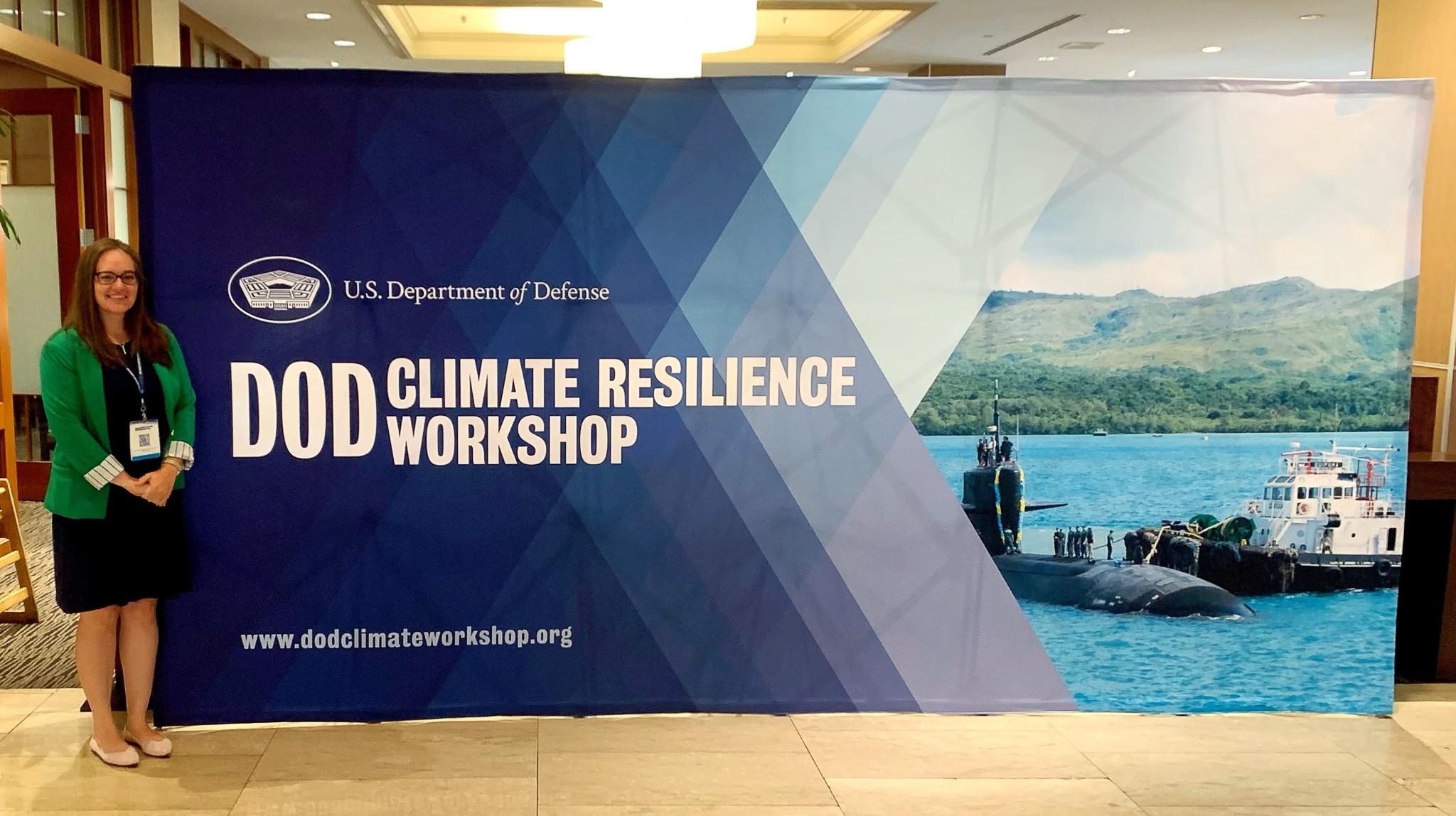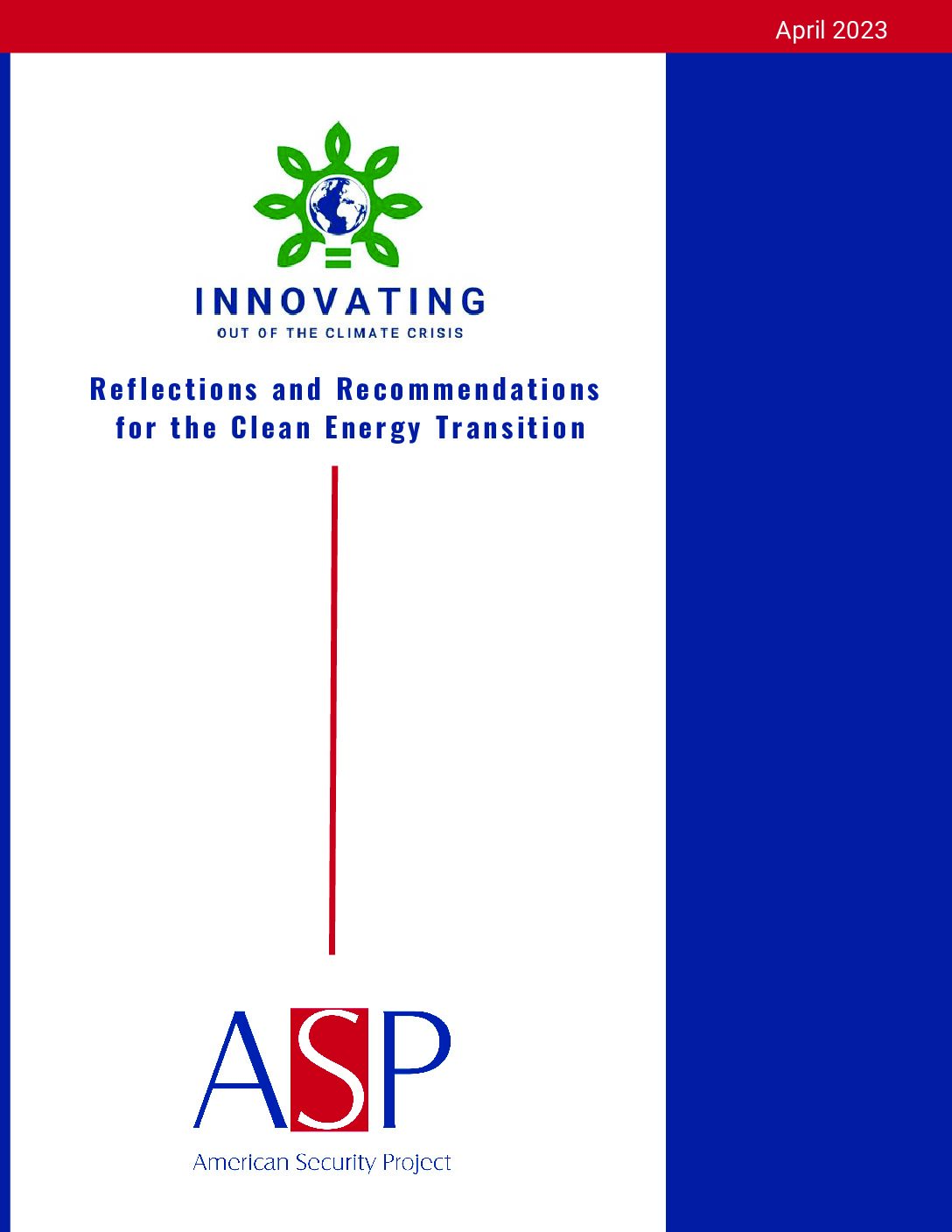Trans-Atlantic export controls have expanded due to escalating tensions between the United States and China. Agencies are trying to keep up. Read more...


Trans-Atlantic export controls have expanded due to escalating tensions between the United States and China. Agencies are trying to keep up. Read more...

The Biden Administration has made tackling the climate crisis a national priority, one that is continuing to serve as a guiding principle of its domestic and foreign policy. While there are countless regulatory efforts still being debated, carbon border adjustment mechanisms (CBAMs) seem to be having their day in the sun. As ASP as written about before, there are existing trade tools that can be leveraged to help mitigate the climate crisis. A CBAM is one of themRead more...

From Colorado River management to record setting extreme heat—Arizona has been front and center of climate risks and hazards. How Arizona manages and mitigates climate risk has profound implications not just for individuals and communities, but for U.S. national security. Read more...

The 2023 Farm Bill stands poised to redefine the fabric of the U.S.’s farmlands, foodscape, and their relationship with the natural environment. It can completely transform the agricultural landscape and promises to change how food is grown, distributed, consumed, and addresses environmental concerns. But given the polarized political climate in Congress, there is skepticism that Congress will be able to reach an agreement by the September 30 deadline.Read more...

The electrification of defense vehicles means more than financial savings or emissions reductions—it’s a national security issue. Increasing electrification via electric vehicles (EVs) bolsters military readiness by addressing various threats from heavy reliance on fossil fuels both at home and abroad. Notwithstanding, the Pentagon’s critical efforts to transition to EVs were nearly completely impeded by proposed amendments to the FY24 National Defense Authorization Act (NDAA). Read more...

Sponsored by the Office of the Assistant Secretary of Defense for Energy, Installations, and Environment (ASD EI&E), the DoD Climate Resilience Workshop 2023 provided a series of panels, deep dives, and vignettes for DoD stakeholders and partners to discuss climate programs, tools, and resources to facilitate DoD’s climate resilience efforts.Read more...

May is wildfire awareness month. As temperatures continue to rise due to climate change, hotter and drier conditions are ushering in increasingly destructive fires, especially in the American West. These fires are subsequently outpacing the funding and resources available to combat them. Similarly, rapidly changing conditions and varying ecosystems can hinder predictive capabilities. Each year, wildfires are causing billions of dollars in damages as worsening conditions due to climate change have extended the “season” past the historical five month periods to upwards of seven months. Read more...

Climate and energy security remain at the forefront of U.S. foreign policy and national security. Both the National Security Strategy (NSS) and National Defense Strategy (NDS) firmly establish energy resilience as key components of U.S. national security. Congress has also passed key pieces of legislation which sent important signals to public institutions and private industry to pivot away from fossil fuels to create a new domestic clean energy system. To better understand the dynamics of the clean energy transition and their relationship to energy security and national security, ASP developed the Innovating Out of the Climate Crisis series, which focused on five industry case studies in the energy ecosystem: electrification, hydrogen, carbon emissions, agricultural technology, and hard to abate energy sectors. Through a series of webinars and written publications, ASP identified challenges, opportunities, and potential policy and regulatory remedies that can help implement clean energy policies, foster innovation, and facilitate a robust clean energy transition.Read more...

Last summer, the U.S. Department of Interior declared a drought emergency in the Colorado River Basin, and instructed the surrounding states to create a plan to reduce consumption. Arizona, California, Colorado, Nevada, New Mexico, Utah, and Wyoming were left to figure out the details on sharing and conserving the basin’s water. Having failed to reach a consensus, last Tuesday DoI released a draft environmental impact statement outlining two alternatives for apportioning two to four million acre-feet (AF) of required cuts.Read more...

April is Earth Month, and in honor of the important climate security and environmental work being done, ASP is proud to share our interview with Kristen Fletcher, Faculty Associate—Research in the Energy Academic Group at the Naval Postgraduate School (NPS) and a Senior Fellow with the Environmental Leadership Program.Read more...